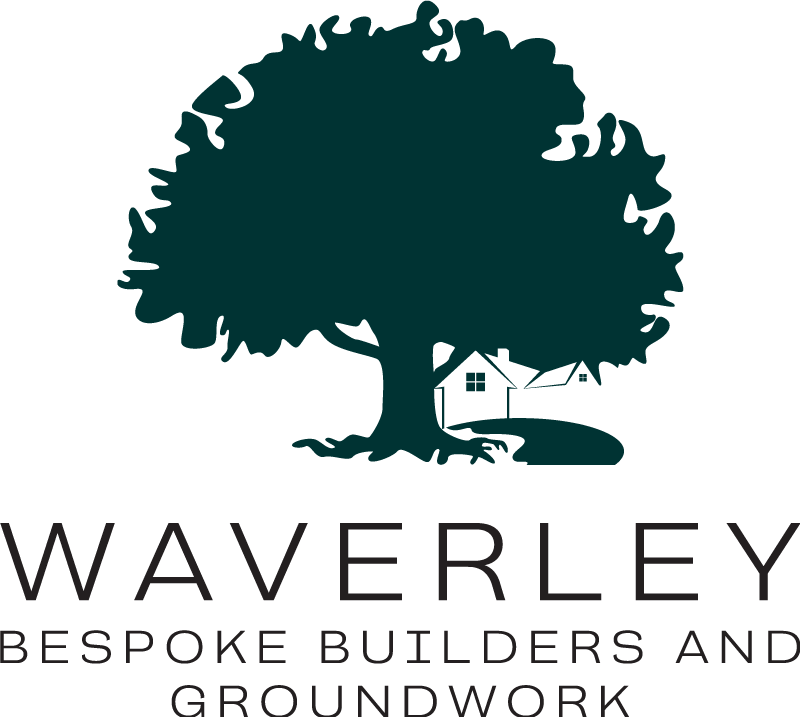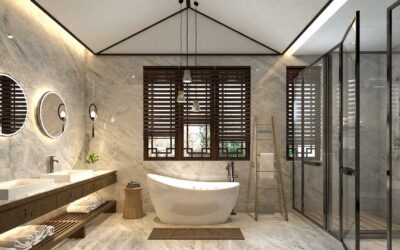Introduction
Sustainable building practices have gained significant traction in recent years as individuals and businesses recognise the importance of reducing their environmental impact. As we look to the future, the field of sustainable building continues to evolve with new trends and innovations that push the boundaries of eco-friendly construction. In this article, we will explore some of the exciting developments in sustainable building and how they contribute to a greener and more sustainable future.
1. Green Materials and Technologies
The use of environmentally friendly materials and technologies is a key trend in sustainable building. From recycled and renewable materials to energy-efficient systems, builders are incorporating innovative solutions that minimize waste and resource consumption. For instance, the adoption of green roofs and walls helps to reduce stormwater runoff, improve air quality, and provide insulation. Additionally, advanced technologies like solar panels, smart home automation, and energy-efficient HVAC systems are becoming more accessible and affordable, enabling homeowners to significantly reduce their carbon footprint.
2. Net-Zero Energy Buildings
Net-zero energy buildings, also known as zero-energy buildings, are becoming increasingly popular in sustainable construction. These buildings are designed to produce as much energy as they consume, resulting in a neutral carbon footprint. Achieving net-zero energy involves a combination of energy-efficient design, on-site renewable energy generation (such as solar or wind), and smart energy management systems. As technology advances and costs decrease, net-zero energy buildings are becoming more feasible and desirable for homeowners and businesses alike.
3. Circular Economy Principles
The circular economy is an economic model that aims to eliminate waste and promote the reuse and recycling of resources. In sustainable building, the principles of the circular economy are gaining prominence. Builders are incorporating strategies such as deconstruction and salvaging materials from existing structures, using reclaimed and recycled materials, and designing buildings for disassembly and easy component replacement. By embracing the circular economy, the construction industry can significantly reduce the environmental impact associated with building materials and construction waste.
4. Biophilic Design
Biophilic design seeks to reconnect people with nature by incorporating natural elements into the built environment. This approach recognizes the inherent human need for connection with the natural world and integrates elements such as natural light, green spaces, and natural materials. Biophilic design not only enhances the aesthetic appeal of buildings but also provides numerous benefits, including improved mental well-being, increased productivity, and better indoor air quality. As sustainability and well-being go hand in hand, biophilic design is expected to play a significant role in future sustainable building projects.
5. Collaboration and Knowledge Sharing
In the future of sustainable building, collaboration and knowledge sharing will be vital. Architects, builders, engineers, and researchers need to work together to develop innovative solutions and share best practices. Collaboration can help accelerate the adoption of sustainable building techniques, technologies, and materials. At Waverley Bespoke Builders, we understand the importance of collaboration and continuously strive to stay at the forefront of sustainable building practices. Our team is committed to ongoing learning and leveraging our expertise to deliver unrivaled sustainable building solutions to our clients.
Conclusion
The future of sustainable building is bright, with exciting trends and innovations shaping the industry. From the use of green materials and technologies to the rise of net-zero energy buildings and the adoption of circular economy principles, sustainable construction is paving the way for a greener and more sustainable future. By incorporating biophilic design and fostering collaboration and knowledge sharing, we can create buildings that not only minimize environmental impact but also promote well-being and enhance our connection with nature. At Waverley Bespoke Builders, we are dedicated to providing unrivaled service and expertise in sustainable building. Contact us today to embark on your sustainable building journey and be a part of the future of eco-friendly construction.



